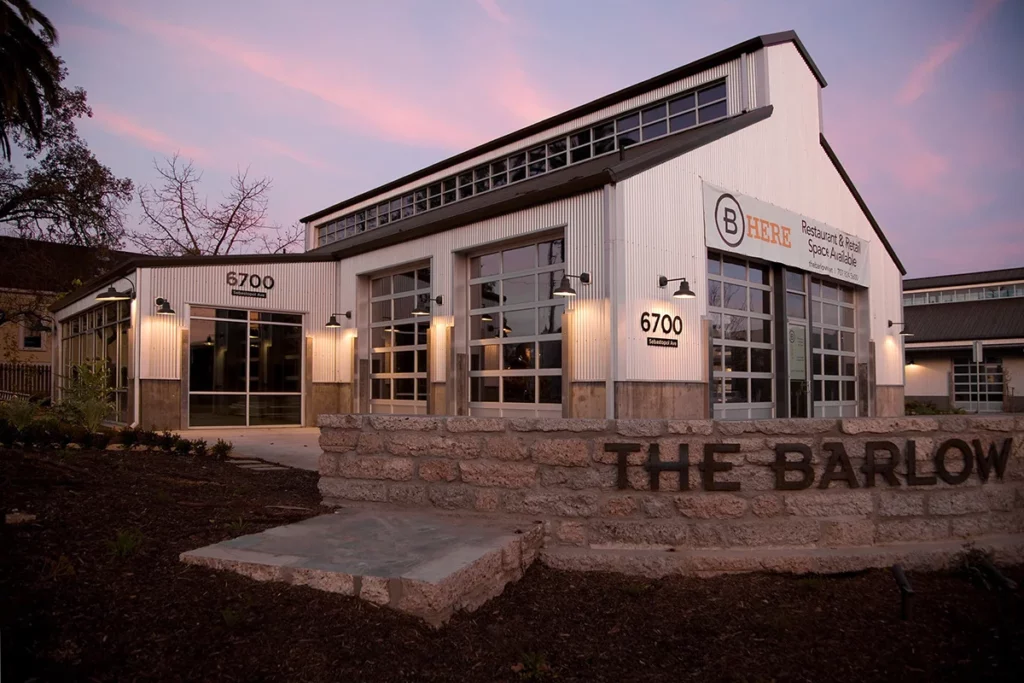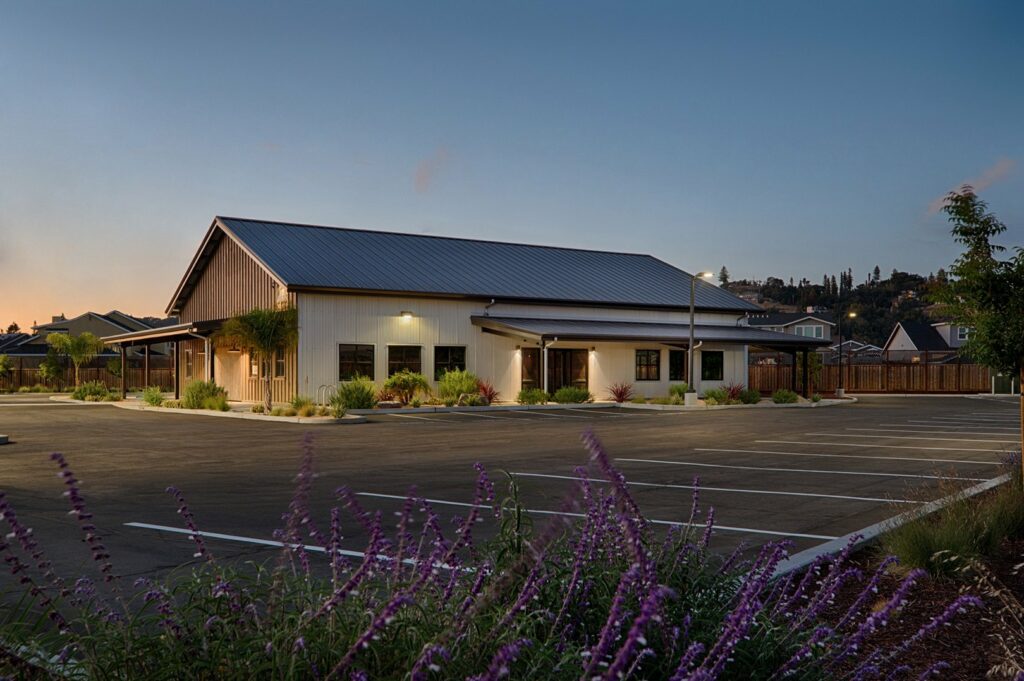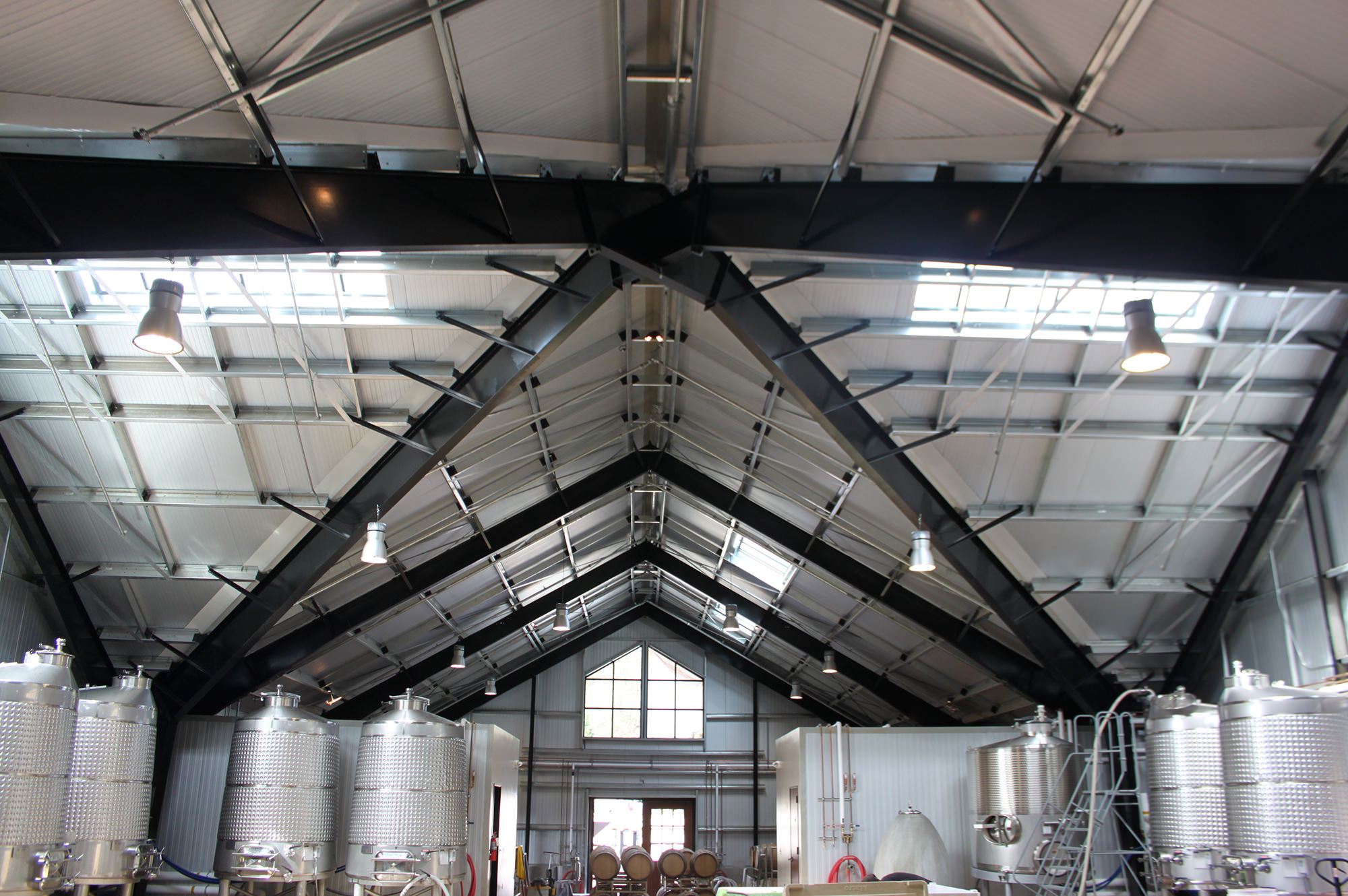How to Boost Energy Efficiency of Pre-Engineered Metal Buildings
June 30, 2024 Pre-engineered Metal BuildingsWhile PEMBs are already known for their exceptional eco benefits, in this guide we explain how to boost the energy efficiency of pre-engineered metal buildings and unlock even greater savings.

5 Ways to Maximize the Energy Efficiency of Pre-Engineered Metal Buildings
Pre-engineered metal buildings (PEMBs) have grown increasingly popular in the world of commercial construction due to their durability, affordability, and sustainability. While these structures are inherently energy efficient, there are steps you can take to maximize these benefits even further.
Ensure Proper Insulation
Insulation is the cornerstone of any structure’s energy efficiency. Building insulation is a material installed inside the walls, roof, and floors to control the flow of thermal energy, and help maintain a comfortable indoor temperature. It helps trap heat inside the building, keeping it warm during the colder months, and it also acts as a barrier to prevent excessive heat from entering during warmer times of the year.
To maximize the energy efficiency of pre-engineered metal buildings, choosing high-performance insulation is key:
- Fiberglass: a classic and cost-effective insulation choice for PEMBs, made from a combination of plastic and densely packed glass fibers.
- Rigid board insulation: this compact option is composed of materials like polystyrene or polyurethane, and is favored in PEMBs for areas requiring high insulation values with limited space.
- Spray foam: this isocyanate and polyol resin mix adheres to surfaces and fills in gaps, offering excellent air sealing and thermal flow resistance.
The way insulation is installed also matters. All roof and wall cavities need to be filled completely to avoid thermal bridging. This refers to points in a building with less insulation, allowing heat loss and condensation. Even small gaps can significantly hinder energy efficiency and moisture build-up, so it’s important to properly address key areas like around windows, doors, and the roof.
Follow LEED Guidelines
LEED, or Leadership in Energy and Environmental Design, is a globally recognized green building rating system. Following LEED guidelines during PEMB construction projects ensures the use of energy-efficient practices and materials. This results in pre-engineered metal buildings that use less energy and have a lower environmental impact.
When choosing a contractor for your commercial construction project, verify that they understand LEED guidelines and can provide you with a PEMB that meets all necessary energy efficiency requirements.
Implement Cool Metal Roofing

Cool metal roofing helps absorb and redirect solar energy to keep a pre-engineered metal building cooler and more energy efficient. This can be especially significant for PEMBs used for storage or industrial purposes where heat can be an issue.
During a commercial PEMB construction project, consider choosing a cool metal roofing with high Solar Reflectance Index (SRI) and high Thermal Emittance (ɛ) ratings. These ratings indicate how well the material reflects sunlight and emits heat, respectively.
Install Solar Panels
Solar panels are made of photovoltaic (PV) cells that absorb sunlight and convert it into clean, free, and usable electricity. Installing this renewable energy source on the roof of a PEMB helps boost energy efficiency by reducing grid reliance, ultimately lowering electricity bills.
Additionally, most solar panels boast a sleek, modern look that blends seamlessly with the aesthetic of a pre-engineered metal building. Plus, the roof of a PEMB is an ideal surface for mounting a solar panel system, so they are easy to incorporate into the design of your construction project.
Optimize HVAC Systems
The quality of an HVAC system is critical for any building’s energy efficiency. Poorly functioning HVAC can waste energy and lead to higher electricity bills. Consider implementing high-efficiency HVAC systems with features like variable-speed drives and programmable thermostats.
These features can significantly reduce energy consumption by ensuring your heating and cooling systems operate only when necessary and at optimal efficiency.
Contact the Pre-Engineered Metal Building Construction Experts at FDC Today
With proper planning and implementation, pre-engineered metal buildings are an energy-efficient and versatile solution for commercial construction projects. At Facility Development Company (FDC), we understand the value of sustainable construction practices. If you’re in need of commercial construction services, our team of experts is ready to guide you through the entire process from start to finish.
Contact us online today or give us a call at (707)-523-1722 to speak with a member of our team about our pre-engineered metal building construction services.
